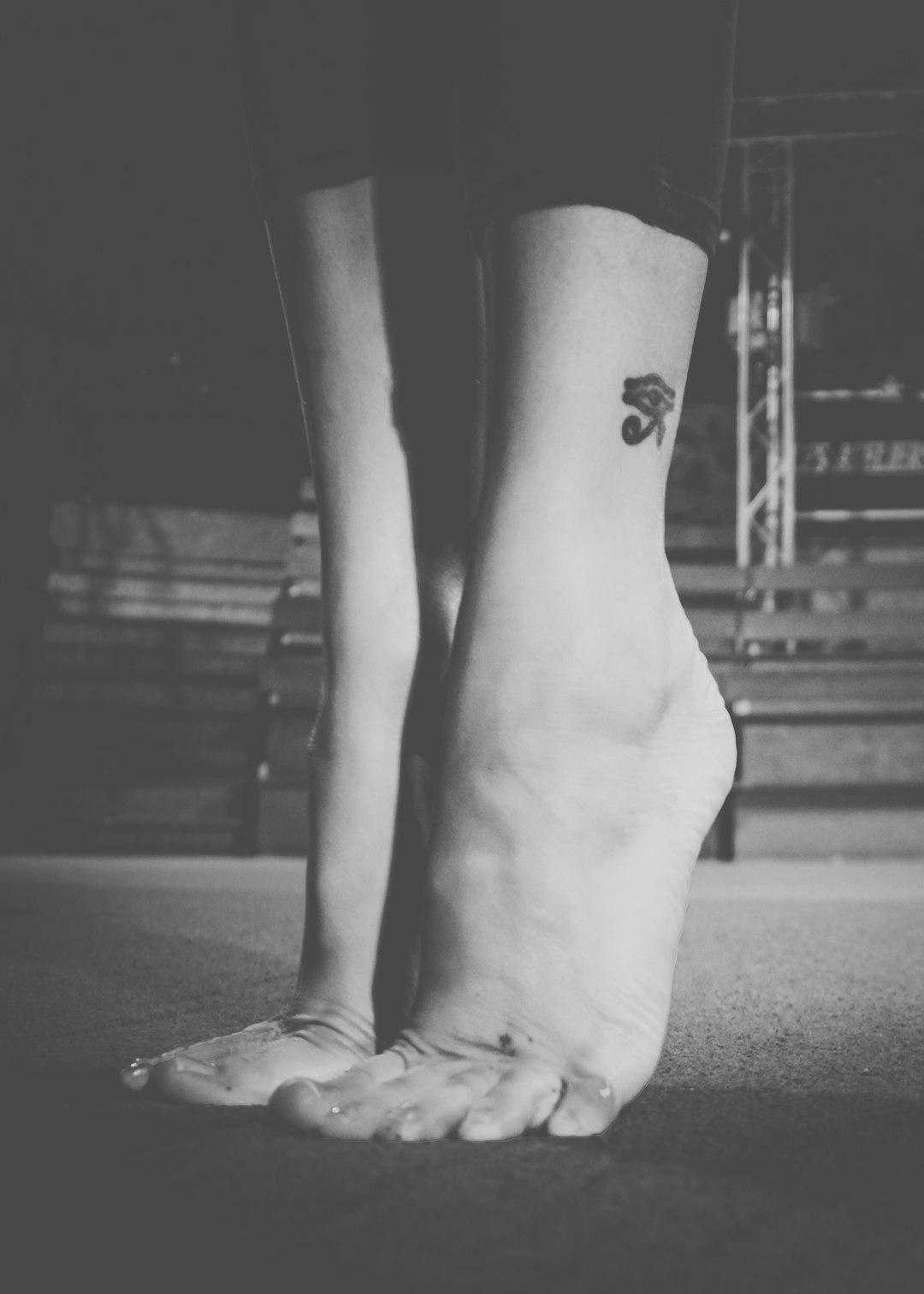 Photo from Unsplash
Photo from Unsplash
Originally Posted On: https://ankleandfootcenters.com/how-to-correct-a-hammertoe-without-surgery/
How To Correct a Hammertoe Without Surgery
There are many different ways that you can correct a hammertoe without surgery. Your best course of action will depend on the severity of your condition. For some people, simple at-home treatments may be enough to get rid of the problem. Others may need to see a doctor for more aggressive treatments. In all cases, though, there are options available that can help you fix your hammertoe without having to go under the knife.
What is a Hammertoe and What Causes It?
Hammertoe is a common deformity to the joints of the toes, causing them to bend out of normal position. It can be seen inside your podiatrist’s office often and if left untreated, may become painful. Foot Doctors near you can help diagnose hammertoes and offer helpful treatments for relief. Some options may include supportive padding or orthotics, physical therapy, and surgical procedures from foot and ankle surgeons. If you think you have a hammertoe or are experiencing pain in your feet and toes, it is wise to see your local podiatrist soon for diagnosis and treatment options.
Symptoms of a Hammertoe
Hammertoe is a condition in which one of your toes, typically the second or third toe, becomes permanently bent in the middle joint due to certain medical conditions. Common symptoms include stiffness, pain and difficulty moving your toe. The base of your affected toe may also rub against your shoe, resulting in corns and calluses. Depending on whether you’re dealing with a flexible or rigid hammertoe, the treatment options may vary. If the condition is diagnosed early enough and treated properly, amputation can usually be avoided. You should always be sure to speak with your doctor if you think you are experiencing any of the symptoms associated with this common foot disorder.
Nonsurgical Treatments for a Hammertoe
Hammertoe is a condition that can be uncomfortable and even painful. Fortunately, there are various nonsurgical treatments available to alleviate the symptoms. Conservative options include changes to footwear, use of toe padding or spacers, and taping or strapping to help the toes maintain their proper position. Stretching exercises may be recommended as well to help lengthen and strengthen the muscles in the foot and keep the tendons flexible. In some cases, an injection of cortisone may be appropriate for pain relief. A doctor should always be consulted for hammertoe treatment, as different patients will have different needs according to individual circumstances.
How to Prevent a Hammertoe from Happening or Getting Worse
Hammertoe is a condition where the middle joint of a toe becomes bent and locked into this position, leading to pain and difficulty moving the toe. Early diagnosis and treatment are key to avoiding damage that can cause permanent displacement of the toe. It is important to buy shoes that fit properly so as not to cram your toes into small spaces. Shoes should have enough room in the toe box such that you can wiggle each toe freely. Eventually you may need custom orthotics or physical therapy if hammertoe is still an issue. Taking preventative measures can lessen the chance of developing this very inconvenient disorder.
A hammertoe is a deformity that can occur in any toe, but most commonly affects the second, third or fourth toe. The deformity occurs when the muscle balance of the foot is disrupted and the tendons no longer work together as they should. This causes the joint to contract and the toe to bend downward into an abnormal position. Hammertoes are usually caused by not knowing how to choose the right shoes for your feet, or by arthritis, but they can also be inherited.
If you have a hammertoe, there are nonsurgical treatments that may help relieve your pain and improve your flexibility without having to go through surgery. These include exercises, shoe inserts and changes in footwear. If these treatments don’t work, surgery may be necessary to correct the deformity. However, if you catch it early enough and make some lifestyle changes, you might be able to prevent a hammertoe from happening or getting worse. Are you dealing with a hammertoe? Wondering how to correct hammertoe without surgery? Make an appointment at our office today so we can help get you on your way to relief!
About the Author: Dr. Matthew King, DPM
Dr. Matthew King, DPM, is a highly skilled and dedicated Foot Doctor in Franklin, TN with extensive experience in the diagnosis and treatment of a wide range of foot and ankle conditions. He received his Doctor of Podiatric Medicine degree from Scholl College of Podiatric Medicine at Rosalind Franklin University, and completed his Foot and Ankle Fellowship at Wake Forest University Baptist Medical Center.
With a passion for helping patients achieve optimal foot and ankle health, Dr. King takes a personalized and compassionate approach to patient care. He is known for his ability to effectively diagnose and treat even the most complex cases, using cutting-edge techniques and the latest advancements in podiatric medicine.
When he is not treating patients, Dr. King stays current on the latest developments in his field through continuing education and professional development opportunities. He is a member of several professional organizations, including the American Podiatric Medical Association, and is active in his community, volunteering his time and expertise to local clinics and organizations.
Dr. King’s commitment to excellence and dedication to his patients have made him a trusted and respected provider in his field. He looks forward to helping patients achieve their best possible foot and ankle health.
